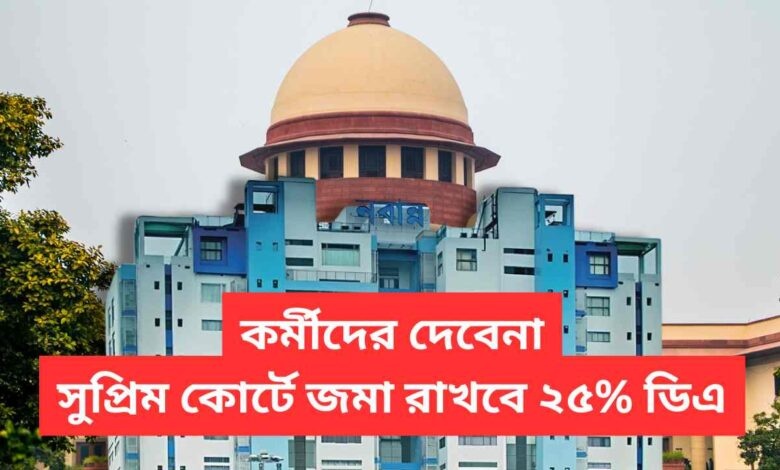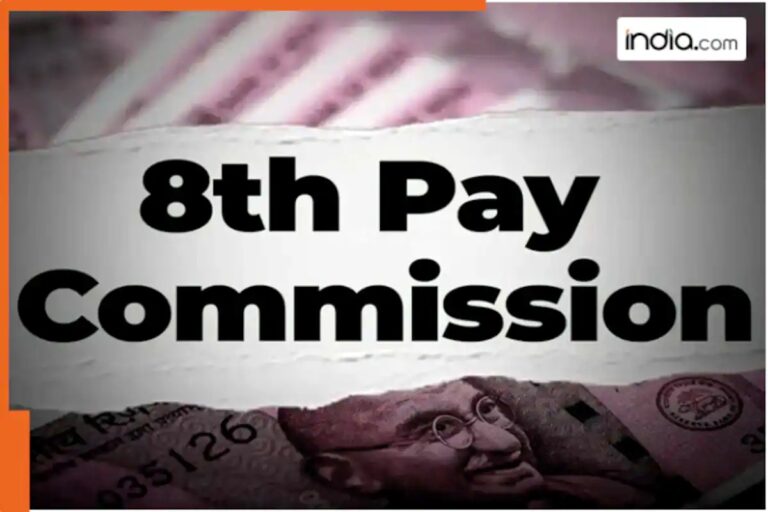
Supreme Court Case on DA Arrears: West Bengal’s Legal Argument
The West Bengal government has initiated a legal battle in the Supreme Court over the payment of pending Dearness Allowance (DA) arrears, proposing a 25% deposit solution to resolve the dispute. This case has sparked widespread interest among state employees and financial analysts, as its outcome could redefine state financial obligations and employee benefits. The government argues that DA payments are discretionary, not mandatory, and must be evaluated based on state-specific financial conditions. This stance challenges the assumption that DA is a universal entitlement, highlighting the complexities of balancing employee welfare with fiscal responsibility. The legal battle centers on whether the state can legally withhold DA payments without facing judicial intervention, a question that has broader implications for state autonomy in public finance management.
Financial Constraints and Legal Discretion
Central to the state’s argument is the assertion that DA is not a binding obligation, but rather a discretionary benefit determined by the employer’s financial capacity. The government claims that mandating DA payments based on the All India Consumer Price Index (AICPI) would erode state autonomy, as each state has distinct economic conditions and budgetary constraints. This argument is supported by the state’s claim that Pay Commission recommendations are not legally enforceable, allowing states to tailor their compensation policies independently. The case also raises questions about federalism, as the state contends that it cannot be compelled to mirror central government DA rates, which could create an unfair financial burden. The government’s financial challenge is further compounded by the need to clear arrears dating back to 2008, a period spanning over a decade of accumulated obligations.
Proposed 25% Deposit and Legal Strategy
To mitigate the risk of losing the case, the West Bengal government has proposed depositing 25% of the arrears with the Supreme Court instead of directly disbursing funds to employees. This strategic move aims to prevent the state from being unable to recover funds if the court rules in favor of employees. The government also requests a six-month extension to finalize its DA disbursement policy, emphasizing the complexity of reconciling long-standing financial obligations with current fiscal realities. Additionally, the state highlights its provision of alternative benefits to employees, which it argues are not universally offered by other states or the central government. This approach underscores the government’s effort to balance employee expectations with the need for financial prudence, while navigating the legal uncertainties of the case.
Employee Impact and Economic Implications
The case has significant implications for millions of state government employees, whose livelihoods depend on timely DA payments. The potential delay in resolving the dispute could exacerbate financial strain for employees, particularly in a state grappling with economic challenges. The government’s proposal to deposit 25% of the arrears with the court reflects a pragmatic attempt to address the legal and financial complexities of the situation. However, the broader economic impact of the case extends beyond individual employees, as it could influence how states manage public finances and employee benefits in the future. The outcome may also set a precedent for similar disputes in other states, shaping the legal and financial landscape for public sector employees nationwide.
Legal Proceedings and Pending Verdict
The case remains pending before the Supreme Court, with all stakeholders closely monitoring the legal proceedings. The government’s arguments emphasize state autonomy in financial decision-making, while employees and advocacy groups argue for the right to receive overdue benefits. The court’s decision will likely hinge on the interpretation of constitutional provisions regarding state financial obligations and employee entitlements. As the legal battle continues, the state faces the dual challenge of managing its financial resources while ensuring transparency and fairness in the resolution process. The outcome of this case could redefine the relationship between state governments and their employees, setting a legal benchmark for future disputes involving public sector compensation.






